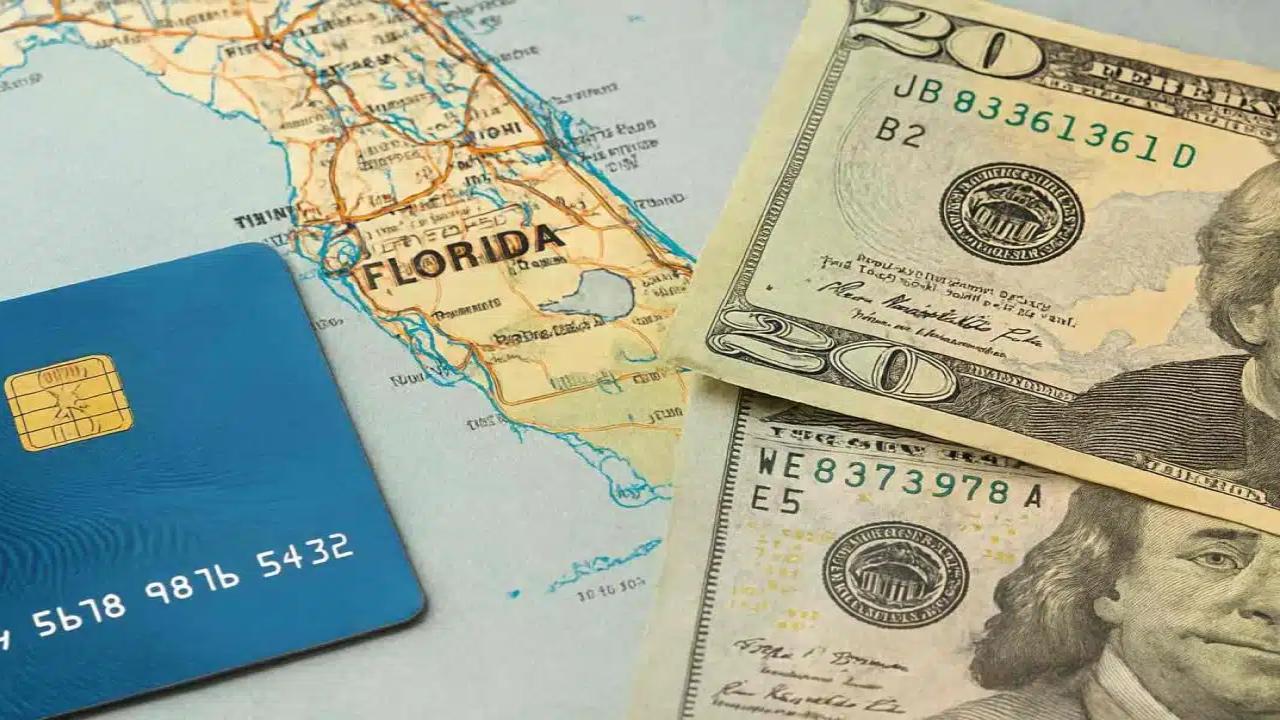The U.S. Postal Service (USPS) has long been a staple of American life, delivering mail and packages to millions of homes every day. But lately, things have been rocky. The USPS is struggling with financial losses, operational challenges, and political pressures, especially as former President Donald Trump pushes for big changes to the agency. So, what’s really going on with the Postal Service? And what could these changes mean for the millions of Americans who rely on it?

Let’s break it down in a way that’s easy to understand, with some facts, figures, and practical insights — whether you’re just curious or need to know how this might impact your mail and packages.
Why Is the U.S. Postal Service Failing as Trump Pushes Big Changes?
| Topic | Details |
|---|---|
| Fiscal Year 2024 Loss | USPS reported a $9.5 billion loss despite a $144 million profit in late 2024 |
| Proposed Changes | Privatization, merging with Commerce Department, or executive control |
| Leadership Shift | Appointment of David Steiner, a FedEx board member, as Postmaster General |
| Labor Response | Strong opposition from postal unions against privatization |
| Impact on Rural Communities | Concerns over reduced service and accessibility if privatized |
| Legal Challenges | Potential constitutional issues with proposed reforms |
The U.S. Postal Service stands at a crossroads. Facing big financial losses and operational challenges, it is under pressure to change — with Trump’s push for privatization and restructuring sparking intense debate. While reform could modernize USPS, it also risks impacting service quality, especially for rural and underserved Americans.
Understanding these dynamics helps you stay prepared, informed, and ready to navigate the changing landscape of mail and package delivery in the U.S. Keep an eye on official announcements and be proactive about your mail needs — because no matter what, the Postal Service touches nearly every American’s life.
What’s Behind the USPS Struggles?
For decades, the USPS has faced financial pressures — that much isn’t new. The agency operates under a unique mandate: it must deliver mail everywhere in the U.S., including rural and remote areas, often at a loss. It also can’t easily raise prices or cut routes without Congressional approval.
In fiscal year 2024, the Postal Service reported a staggering $9.5 billion loss. That’s despite a surprise $144 million profit in the last quarter of 2024, thanks in part to improved package delivery from online shopping. But overall, the numbers point to ongoing financial troubles.
These losses are driven by a mix of factors:
- Decline in first-class mail volume as digital communication replaces letters and bills
- Rising operational costs, including wages and healthcare for employees
- Legal requirements to pre-fund retiree benefits, a unique financial burden not faced by private companies
- Increased competition from private carriers like FedEx and UPS
Trump’s Big Changes: What’s the Deal?
Former President Trump has been vocal about his belief that USPS needs major reform, suggesting it should be privatized or folded into the Commerce Department. He has criticized USPS’s handling of mail-in ballots during the 2020 election and has pushed for changes to improve efficiency and reduce costs.
One major move came with the appointment of David Steiner, a former FedEx board member, as the new Postmaster General. Critics worry this could represent a conflict of interest, given FedEx competes directly with USPS.
Trump’s proposals include:
- Privatization: Shifting USPS from a government agency to a private company.
- Merging with Commerce Department: Bringing USPS under direct executive branch control.
- Reducing services: Cutting back on routes and deliveries to save money.
- Raising prices: Increasing postage and package fees to boost revenue.
These ideas have sparked fierce debate.
Why Are Postal Unions and Experts Concerned?
The American Postal Workers Union and other labor groups have strongly opposed privatization. Their concerns include:
- Job losses and reduced worker benefits.
- Diminished service quality, especially in rural areas where private companies may not see profits.
- Loss of the USPS’s universal service obligation, which ensures every American has access to mail services.
- Risk of increased costs for consumers, particularly vulnerable populations.
Legal experts also warn that some of the proposed reforms could violate the U.S. Constitution, which grants Congress the power to establish post offices and post roads, meaning any drastic restructuring would require legislative approval.
How Could This Affect You?
If USPS privatizes or cuts services:
- You might see higher postage rates for sending letters and packages.
- Some rural areas could lose daily mail delivery or face delays.
- Services like mail-in voting or government checks delivered by mail might become less reliable.
- Businesses relying on USPS for affordable shipping could face increased costs.
On the flip side, supporters of reform argue that modernizing USPS and making it more competitive could:
- Lead to better package tracking and faster deliveries.
- Help USPS stay financially viable in a changing market.
- Encourage innovation and new services.
What Steps Is USPS Taking?
USPS is exploring various strategies to cope:
- Expanding package delivery services to capitalize on online shopping growth.
- Investing in technology for better mail sorting and tracking.
- Negotiating labor contracts to manage costs.
- Seeking legislative support to ease some of the financial burdens.
However, without Congressional action, the Postal Service’s ability to enact sweeping changes remains limited.
What Can You Do?
If you rely on USPS, here are some practical tips:
- Stay informed: Follow news from official USPS sources and reputable outlets.
- Plan ahead: Expect possible delivery delays, especially during peak seasons.
- Explore alternatives: For urgent shipments, consider private carriers, but weigh cost differences.
- Advocate: Contact your local representatives to express your views on USPS reforms.
- Use USPS services smartly: Take advantage of online tools for scheduling pickups and tracking.
Frequently Asked Questions (FAQs)
Q1: Is USPS going to be privatized soon?
Currently, privatization is a proposal and faces significant legal and political hurdles. It requires Congressional approval, which is uncertain.
Q2: Will mail delivery stop in rural areas?
No immediate plans exist to stop delivery in rural areas, but cost-cutting measures could reduce frequency or change service models in the future.
Q3: How does USPS compare with private carriers?
USPS is generally more affordable for small packages and mail, especially in rural areas. Private carriers offer faster options but often at higher prices.
Q4: Can I still vote by mail safely?
Yes, USPS continues to handle mail-in ballots, but voters should send ballots early to avoid delays.
Q5: How is USPS funded?
USPS operates mostly on revenue from postage and services, not taxpayer money, but it has special financial obligations set by law.










